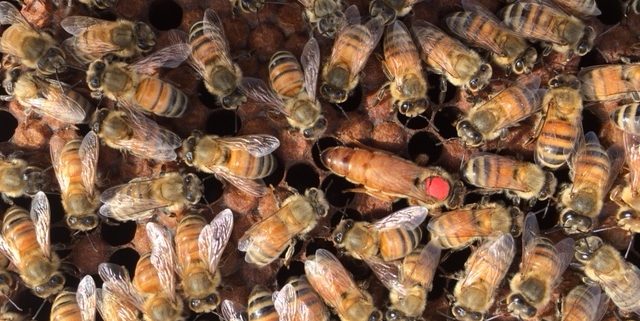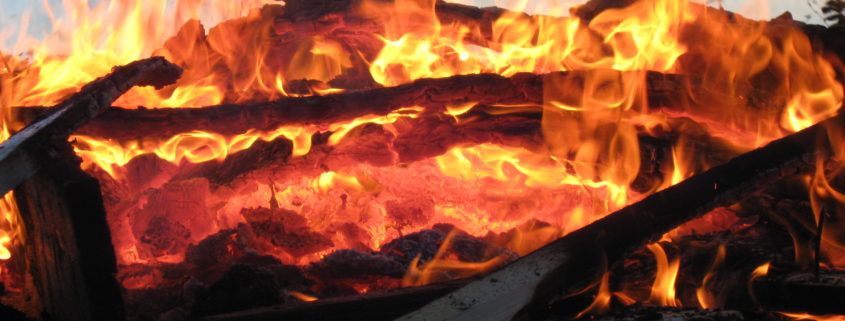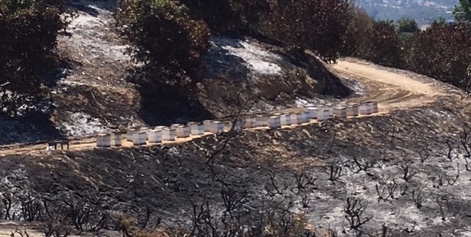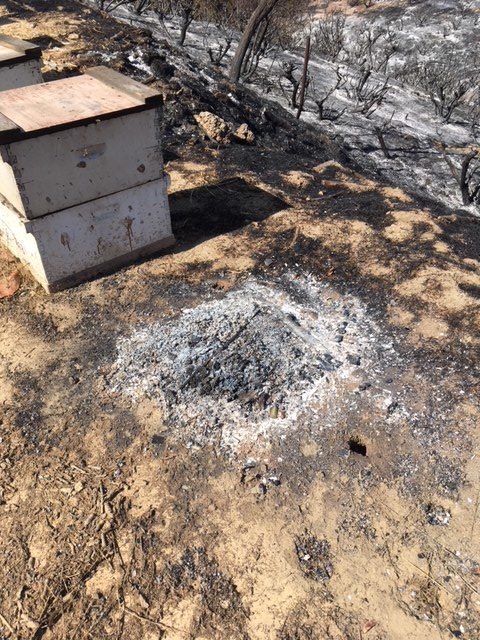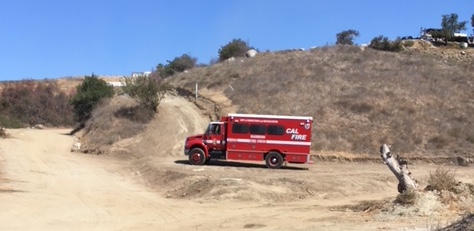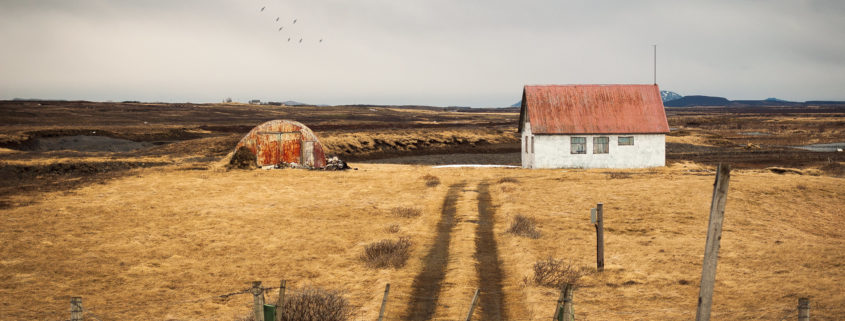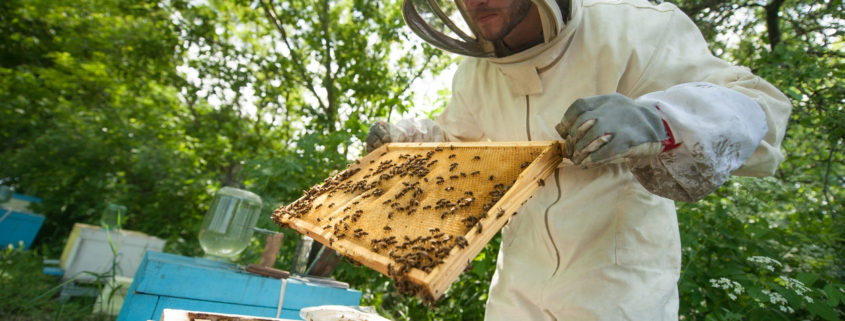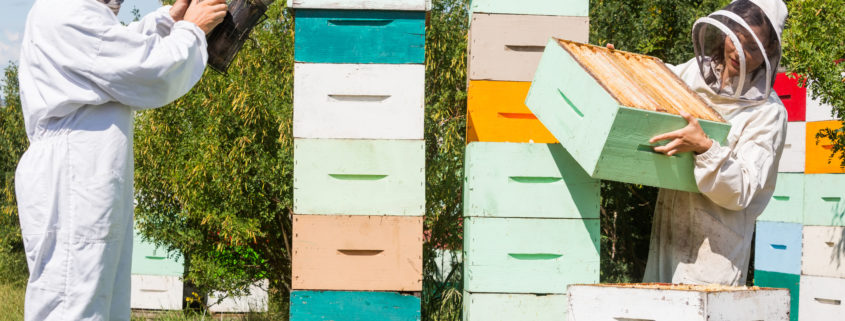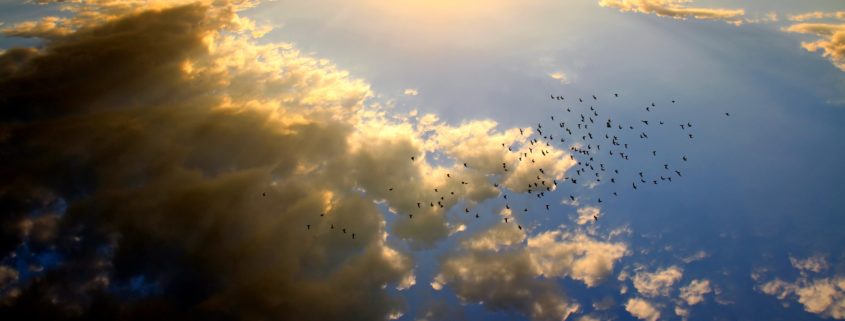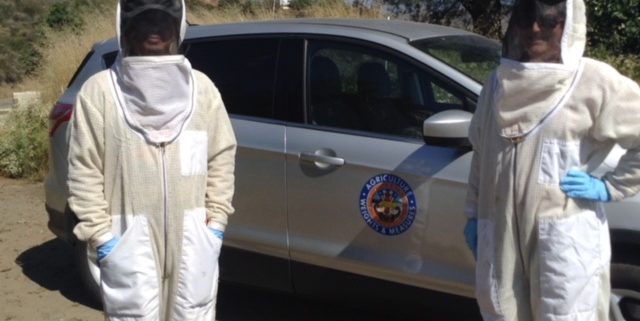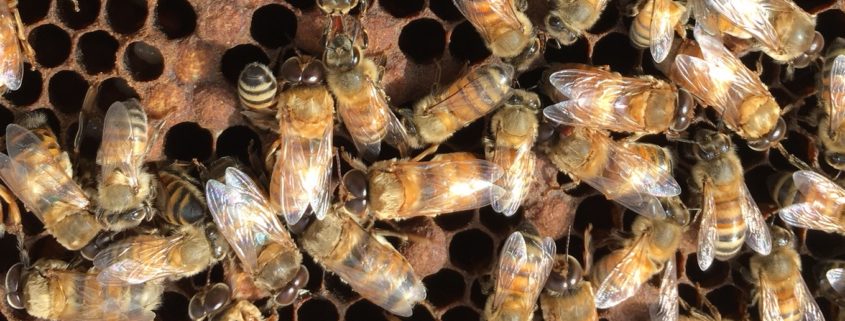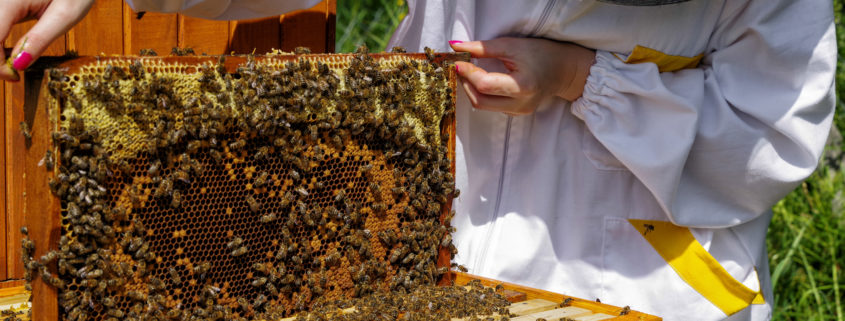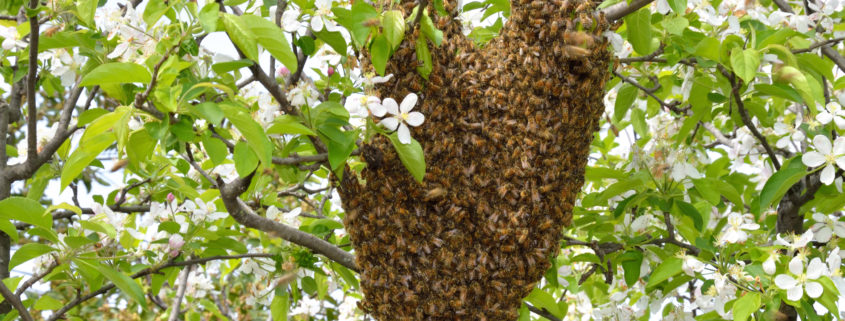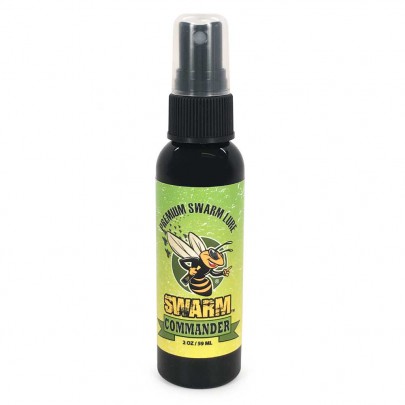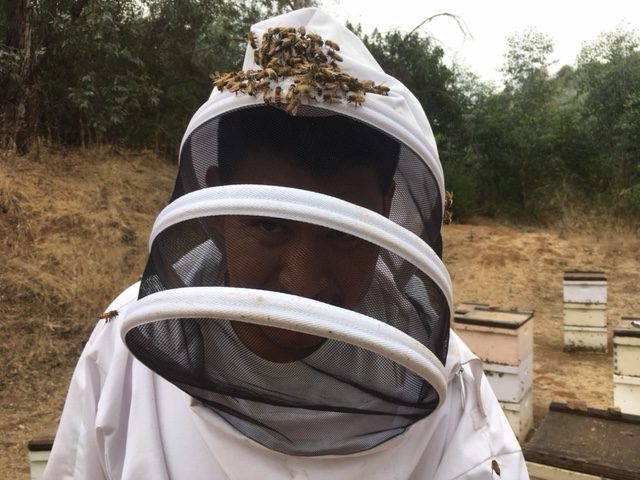Say Hello To “Wheels”
We imagine that some beekeepers fall in love with certain queens and even go so far as to name them. At Wildflower Meadows, this is completely out of the question since we keep far too many colonies to be able to name individual queens! Plus, queens are constantly coming and going as we prepare our weekly shipments of queen bees for sale.
Once in a while, however, a queen stands apart from the rest. We once had an artificially inseminated breeder queen who was missing an antenna, but in fact turned out to be Wildflower Meadows’ best breeder queen of 2011. Naturally, she was named “Antoinette,” and became a legend for several years.
This year, another legend was born. Her name is “Wheels.”
Wheels originally had no name. At first she was just one of nearly a thousand queens that we shipped during the last week of May. A customer purchased her, and the queen’s destination was a remote UPS Customer Center in Eastern New Mexico. The customer was planning to pick up the queen early in the week. But by Friday, the UPS tracking number showed that the queen was still waiting at the customer center. UPS had been calling the customer several times a day throughout the week to ask her to come and retrieve her queen, but with no success. It seems the customer was nowhere to be found and the queen had been completely abandoned, an orphan of sorts.
We didn’t have the heart to let her die such a pointless death, so we arranged with UPS to ship her back to Wildflower Meadows. But by then, however, UPS was shutting down for the Memorial Day weekend. UPS thought that they might be able to get her back to us by Saturday, so she was expressed back to the airport in Albuquerque, and then overnighted to California. We then sent an employee 40 miles into San Diego on Saturday to retrieve her!
Unfortunately, she never arrived.
Then Memorial Day came. Would she survive such a lengthy delay? A week is a long time for a queen to last without water. She urgently needed to be placed inside of a colony that could take care of her and attend to her every need.
However, after what seemed like a long Memorial Day holiday, and another 40 miles into San Diego, on Tuesday she arrived! Tired and thirsty, she required several drops of water at the UPS Customer Center just to revive her strength. She was then driven back to Wildflower Meadows and installed into a queenless colony. And then, we all just hoped for the best.
It turns out she’s just fine. With all the traveling, she was naturally named Wheels. She is a great Wildflower Meadows’ queen: an abundant brood layer, her offspring are golden and gentle, and Varroa mites are nowhere to be found in her colony. Naturally, Wheels is now one of our favorite queens, and also one of this year’s top performers!

